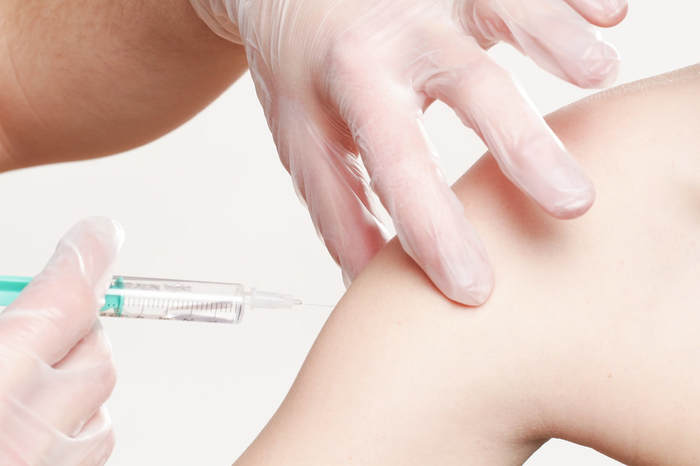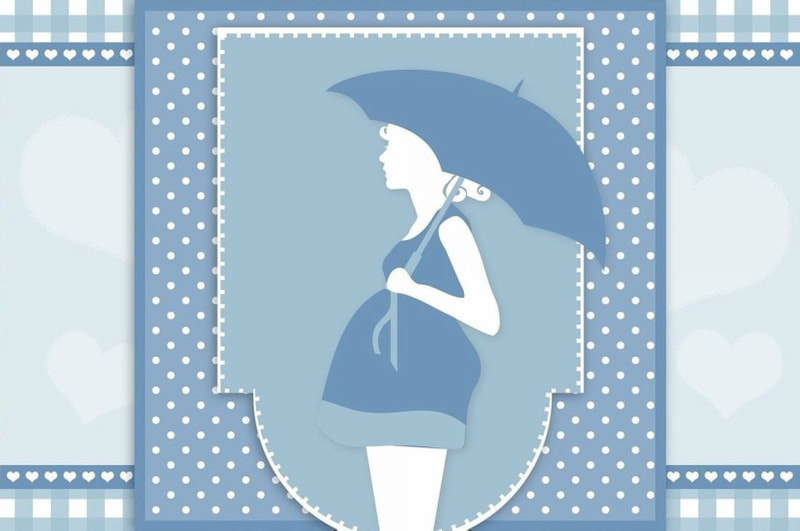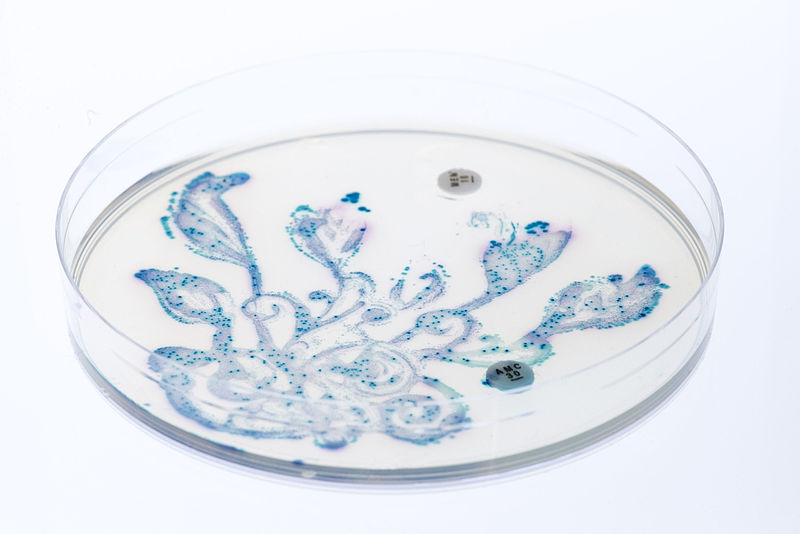Influenza: One Vaccine for All
For some people, seasonal flu shots can seem tedious and even unnecessary. Although this may appear to be the case, it is important to consider the nature of the influenza virus in order to understand why yearly vaccinations are so strongly recommended.
The influenza virus can be categorized into four types (Influenza A,B,C, and D), with Influenza A being both the most common among and dangerous to humans. To fight against infections, the body develops antibodies that work to remove the virus. Vaccines are used to inject a safe amount of influenza virus into the body so that the immune system can recognize the virus and develop specific antibodies against it. This way, if the body encounters the influenza virus again after having already developed antibodies using the vaccine, the immune system is better prepared to fight the infection. If this is the case, then why are vaccinations done year after year?
Viruses are rapidly evolving organisms that are capable of undergoing genetic drift and genetic shift at alarmingly fast rates. Since each virus can only be fought by a unique antibody, those developed a year ago may not be able to recognize the current influenza virus due to the countless genetic mutations that the virus may have undergone in the span of one year. However, researchers at Cornell University have identified one of several proteins, Matrix-2 (M2), in the influenza virus that remain unchanged between flu seasons. During their experiments, they aimed to isolate the protein and package it into vaccines that were given to mice. Since this specific protein cannot freely travel through the bloodstream, a vesicle was required to aid its transportation and controlled release throughout the mouse body. As a result, E. coli-derived outer membrane vesicles (OMVs) were used for the experiment since they were not linked to any harmful effects in humans.
The influenza virus can be categorized into four types (Influenza A,B,C, and D), with Influenza A being both the most common among and dangerous to humans. To fight against infections, the body develops antibodies that work to remove the virus. Vaccines are used to inject a safe amount of influenza virus into the body so that the immune system can recognize the virus and develop specific antibodies against it. This way, if the body encounters the influenza virus again after having already developed antibodies using the vaccine, the immune system is better prepared to fight the infection. If this is the case, then why are vaccinations done year after year?
Viruses are rapidly evolving organisms that are capable of undergoing genetic drift and genetic shift at alarmingly fast rates. Since each virus can only be fought by a unique antibody, those developed a year ago may not be able to recognize the current influenza virus due to the countless genetic mutations that the virus may have undergone in the span of one year. However, researchers at Cornell University have identified one of several proteins, Matrix-2 (M2), in the influenza virus that remain unchanged between flu seasons. During their experiments, they aimed to isolate the protein and package it into vaccines that were given to mice. Since this specific protein cannot freely travel through the bloodstream, a vesicle was required to aid its transportation and controlled release throughout the mouse body. As a result, E. coli-derived outer membrane vesicles (OMVs) were used for the experiment since they were not linked to any harmful effects in humans.
Image Source: whitesession
The experiment concluded that mice vaccinated with the M2 protein inside an OMV capsule developed high levels of protective antibodies against influenza. This immune response not only was created more quickly than that of the mouse control group using normal flu vaccinations but also were able to last longer: after six months, the mice given the M2-OMV vaccine enjoyed a 100% survival rate. Since mice and humans have surprisingly similar genomes, these effects are expected to appear in humans once they become vaccinated with the encapsulated M2 protein.
The M2 protein is also found in the evolutionary sequence of birds, pigs, and humans. Knowing this, scientists have prepared antibodies to locate and attack all three (birds, pigs, humans) versions of the influenza virus. In case the human influenza virus mutates, the vaccination would remain effective since the M2 protein remains unchanged.
If this mode of vaccination proves to be successful in humans, the end of seasonal flu vaccinations may be near. Instead, new long-term flu vaccinations would begin to emerge. These experiments showed that as advancements in science, technology, and medicine continue to surge, scientists are able to gain a better understanding of both preventing and curing the diseases that may pose a threat to human health.
The M2 protein is also found in the evolutionary sequence of birds, pigs, and humans. Knowing this, scientists have prepared antibodies to locate and attack all three (birds, pigs, humans) versions of the influenza virus. In case the human influenza virus mutates, the vaccination would remain effective since the M2 protein remains unchanged.
If this mode of vaccination proves to be successful in humans, the end of seasonal flu vaccinations may be near. Instead, new long-term flu vaccinations would begin to emerge. These experiments showed that as advancements in science, technology, and medicine continue to surge, scientists are able to gain a better understanding of both preventing and curing the diseases that may pose a threat to human health.
Featured Image Source: qimono
RELATED ARTICLES
|
Vertical Divider
|
Vertical Divider
|
Vertical Divider
|






